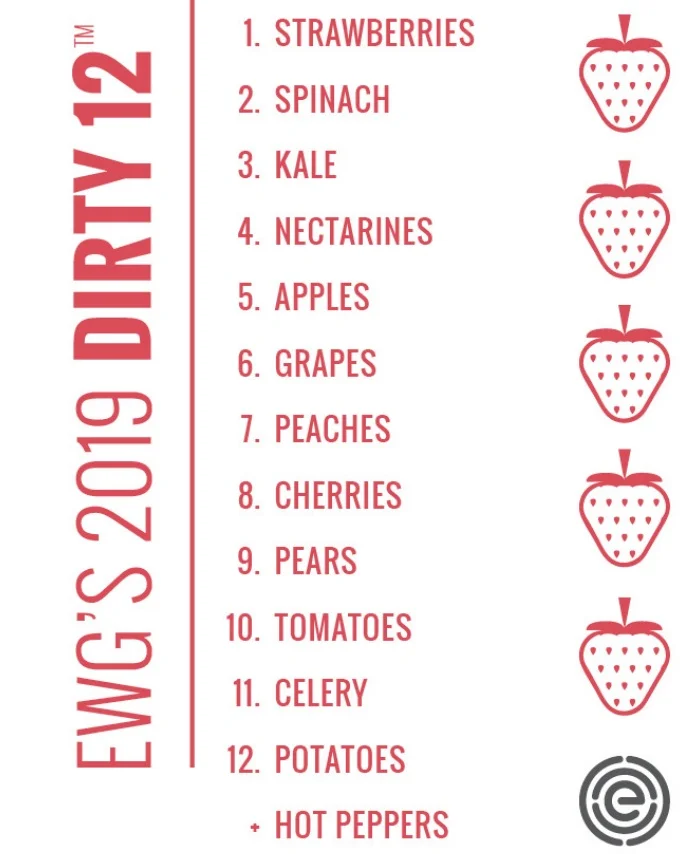Organic Produce Wrapped in Plastic vs. Loose Conventional: Which to purchase?
Shopping naked is all about buying food plastic and package free. One of the easiest ways to SHOP NAKED is to let loose with your produce. This involves ditching plastic produce bags for reusable ones (see my favorites in the Shop section) or throwing your produce into your shopping cart loose! Your avocado will make it home just fine without being wrapped in plastic. I promise! SO many of you have been embracing this form of shopping naked and I love seeing it being used IRL.
This brings me to a question I’m asked frequently and that my mom reminded me of the other day. I had asked her if we had celery. She excitedly responded “Yes!” and proceeded to pull out organic celery wrapped in plastic from the refrigerator…You can imagine my reaction.
I was so happy to have celery to pair with my Greek Skordalia recipe that I didn’t get into it. Later that day, she asked: “Abby, if you’re at the supermarket and have the option between organic celery in plastic and conventional celery not in plastic, which do you choose?”
EXCELLENT question, mom, and a really difficult one to answer. Choosing between toxic plastic and toxic pesticides and herbicides is not ideal.
Over the years, I’ve come up with my system for making this choice and lucky for you (and my mom, hi mom!), I’m sharing it today.
First, I’m quickly going to discuss the Dirty Dozen and Clean Fifteen. The Environmental Working Group (EWG) found that nearly 70% of samples of conventionally grown produce contained pesticide residue! Unsurprisingly, these pesticides harm our health and the environment. Because the amount of residue found varies dramatically depending on the type of produce, the EWG determines which fruits and vegetables have the most and least pesticide residue. Those with the most residues land on the Dirty Dozen list and those with few, if any, make up the Clean Fifteen list.
The NEW 2019 lists was JUST released and here they are:
I use these lists to decide between organic produce in plastic and loose conventional produce (not in plastic). Here's how:
First, I determine whether the produce is on the Clean Fifteen list
If it's on the Clean Fifteen list, I buy it loose (no plastic) and I’m not too concerned that it's not organic
If not, then I determine whether it’s on the Dirty Dozen list:
If it’s on the Dirty Dozen list, I decide whether there’s any other loose organic or loose Clean Fifteen produce I can substitute.
If there is a suitable substitute, I buy the substitute
If there isn’t and I need that ingredient, I buy the organic option in plastic and properly dispose of the plastic when I’m home. (Stay tuned for how to do that in an upcoming post!).
So, based on this system, my mom did well by choosing the organic celery in plastic because celery is on the Dirty Dozen list! Go mom! 🎉 🥳
I hope this helps and I can't wait to see how you #shopnaked! Tag me @abbysfoodcourt and use #abbysfoodcourt and #shopnaked on Instagram for a chance to be featured on my account!


